Pre/Post Partum
Pre-Partum Physical Therapy
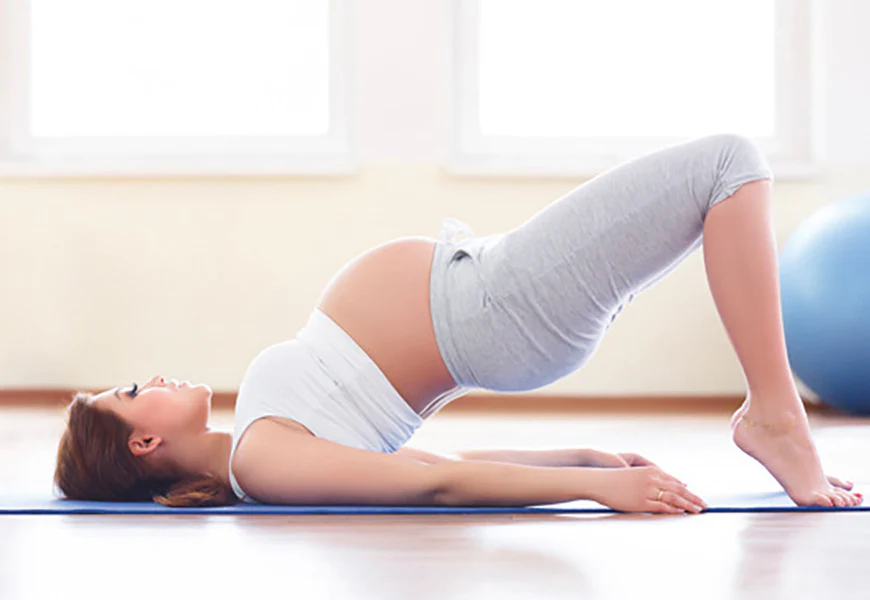
Physical therapy during pregnancy focuses on supporting the pregnant person’s body. VIYA physical therapists understand how each phase of pregnancy impacts the body and are prepared to provide guidance, exercises, strategies to reduce pain, to help maintain your current level of function and exercise, and to prepare your body for labor and delivery.

Stay Strong and Active
During pregnancy, the structure of your body shift to accommodate baby, from the curve of your spine to the shape of your pelvis. Working with a physical therapist as early as the first trimester can help to minimize pain, condition your pelvic floor, and keep you exercising safely.
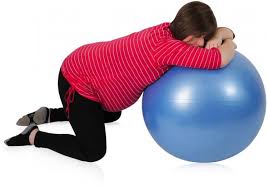
Prepare for Delivery
As your due date approaches, VIYA will help you prepare for a smooth labor based on your goals. This may include: Exercises to build pelvic floor strength and flexability, guidance on safe birthing positions and effective pushing methods, perineal massage to reduce tears, and breathing techniques to assist with pain and delivery.
Pregnancy puts an extreme amount of stress on your body. VIYA Physical Therapy can help you manage aches and pains associated with pregnancy.
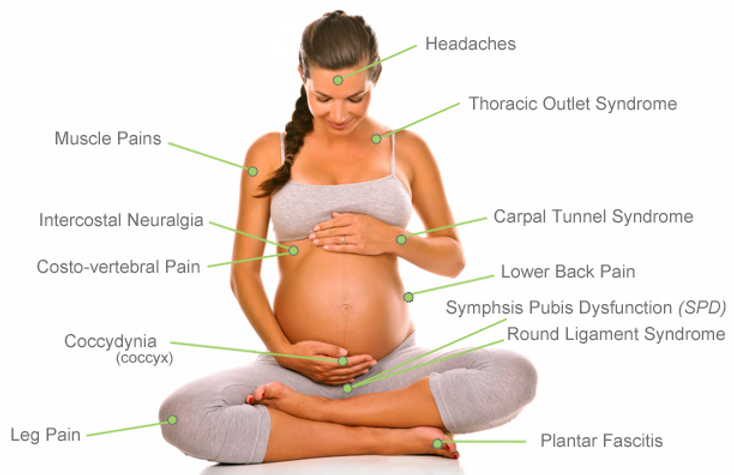
Post-Partum
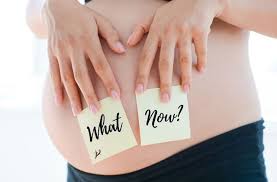
Treat & Prevent Symptoms
Heal from childbirth, prevent pain, and rebuild your abs & pelvic floor
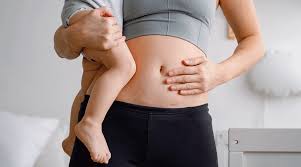
Feel Like Your Best Self
Defy the stereotypes that come with being a mom and feel stronger than ever.
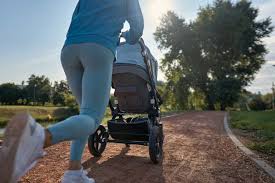
Get Back to Activities You Love
Whether you want to get back to exercise, sex, or work, let VIYA help you do it with total confidence.
Every postpartum body deserves expert care. VIYA can help restore strength and balance to feel your best
Full body recovery
VIYA offers a 6 visit plan of care for postpartum individuals. You will receive a weekly personalized exercise program and work 1:1 with a physical therapist to:
- Evaluate your symptoms
- Heal perineal tears
- Care for Cesarean scars
- Stop bladder leaks
- Heal diastasis recti
- Relieve pelvic pain/pain with sex
- Return to exercise safely
- Improve bowel function
- Alleviate mastitis/clogged milk ducts
- Treat and prevent low back pain
- Support your body for better sleep
- Prevent injury while carrying baby
Still have questions? Fill out the form below and we will contact you.
Postpartum FAQs
Your OBGYN will likely clear you for return to exercise at your 6 week check-up. However, once cleared, your return should be gradual and should factor in your pregnancy and birthing experience, your current level of activity, the exercise type, your goals, and your pelvic floor’s response to activity.
Your OBGYN will likely clear you for return at your 6-8 week check up once the incision has fully closed. However once cleared, the return should factor in your pregnancy and birthing experience, your current level of activity, the exercise type, and your core and pelvic floor’s response to activity.
The pelvic floor functions to support your pelvic joints and organs to prevent leaking urine, gas, and stool. Pregnancy and childbirth can lead to changes in these muscles. Pelvic floor physical therapists are experts at assessing your pelvic floor function and providing tools, education, guidance, and exercises to help you restore their ability to function properly.
Immediately postpartum, you may experience pelvic pressure related to swelling, hemorrhoids or tissue healing, especially if you received an episiotomy or tore during delivery. Once these wounds have healed, pressure or heaviness may be linked to various issues including pelvic floor dysfunction, vulvar varicosities, or pelvic organ prolapse.
Wound healing from a C-section typically takes 6-8. weeks. However, recovery has to do with more than simple wound closure. If your core and pelvic floor need strengthened, if your posture has suffered, if your incision causes you pain or discomfort, and if your sleep deprived caring for your new born and slaying life, these can all impact your recovery.
Physical therapy following a C-section is there to help you rebuild your core and pelvic floor muscles’ strength and endurance, to improve your scar tissue’s flexibility and decrease sensitivity, and to provide guidance for good body mechanics during childcare tasks that will reduce your risk of injury and promote healing.
C-section scar massage is a hands-on technique used by physical therapists to reduce your scar’s sensitivity and improve it’s flexibility.
Diastasis recti is the separation of the “six pack” muscles and the stretching of the connective tissue between them.
The most obvious sign of diastsis recti is “coning” or “doming” seen in the center of your abdomen between the “six-pack” muscles when performing movements such as a crunch. The increased pressure in the abdomen pushes against the abdominal wall and bulges outward due to the separation.
Pregnancy FAQs
Physical therapy during pregnancy is focused on supporting the pregnant person’s body. Trained physical therapists understand how each phase of pregnancy impacts the body and are prepared to offer guidance, exercises and strategies to help reduce your pain, maintain your level of function and exercise, and prepare your body for labor and delivery.
The weight of a growing belly and breasts pull the abdomen forward, causing a larger curve in the low back. This shift forces the muscles of the core and back to work harder to maintain balance and posture. If the core is weakened, then muscles in the back can over-activate or spasm, causing pain.
Physical therapists are experts of the musculoskeletal system. They are able to treat your back pain comprehensively with manual therapy techniques, a personalized exercise program, and guidance for improved movement strategies. In some cases, they may recommend the use of a belt or brace for additional support, particularly as your belly continues to grow.
Yes, very common. During pregnancy the pelvic joints loosen with hormonal changes and widen with the weight of a growing baby. Often the muscles will become overworked from trying to compensate for these shifts. It is common for this change in shape, reduced stability, and muscle tension to lead to pelvic pain.
In pregnancy, the ribs flare upward and outward to make space for growing baby. Depending on the size of the pregnant person’s torso, size of baby, and position of baby, will cause an exaggeration of this shift leading to pain. This can be experienced on only one side of the body and be made worse with sitting, coughing, or eating.
Hip pain typically occurs when certain movements or positions put too much strain or pressure on the muscles, joints, and/or ligaments of the hip. As the shape of the pelvis changes throughout pregnancy, the muscles that attach to the hip are moved, stretched, and loaded more with the growth of baby.
During pregnancy, the breasts grow larger and heavier. This forces the muscles of the neck, shoulders, and upper back to work harder to maintain proper posture. As muscles fatigue, this can lead to slouching. The combination of overworked muscles and posture lead to neck and shoulder pain.
In pregnancy, as the center of gravity shifts and the breasts grow, the upper back must work harder to maintain proper posture of the head and neck. A physical therapist can provide manual therapy and exercise protocols to help relieve pain, They will give guidance for postural changes during sleeping, sitting, driving, working, lifting, and carrying to prevent pain from returning.
During pregnancy, the hormones released to help prepare the body for delivery loosen all your joints. This can destabilize the tailbone, combine that with increased body weight from pregnancy, muscle tension in the pelvic floor, and pelvic alignment changes can all lead to tailbone pain.
A growing baby will place increased stress on a pregnant person’s body. This can lead to changes in joint stability, muscle function, and postural awareness, making pain a common complaint during pregnancy. Common does not mean normal. Working with a trained physical therapist can help reduce pain as pregnancy progresses and prepare your body for delivery.
